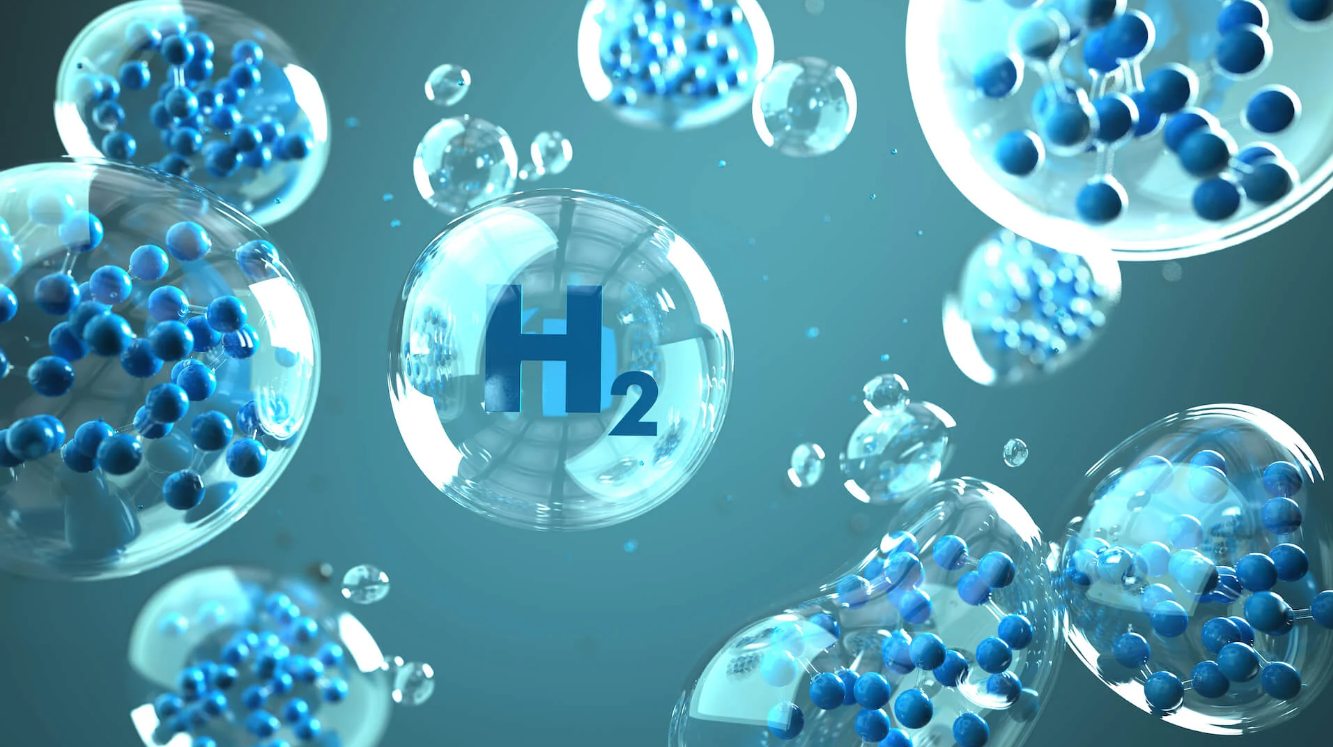 University of Surrey researchers have said they have found a type of metal-free catalysts for the direct conversion of methane into hydrogen, which they believe could contribute to the development of cost-effective hydrogen production technologies.
University of Surrey researchers have said they have found a type of metal-free catalysts for the direct conversion of methane into hydrogen, which they believe could contribute to the development of cost-effective hydrogen production technologies.The UK-based team’s study is said to have shown promising results for the use of edge-decorated nanocarbons as metal-free catalysts for the conversion of methane into hydrogen. According to the team, nitrogen-doped nanocarbons presented the highest level of performance for hydrogen production at high temperatures.
Additionally, the researchers found that the nitrogen-doped and phosphorous-doped nanocarbons had a strong resistance to carbon poising, which the team says is a common issue with catalysts in this process.
The study reads, “Great advances have been achieved by adopting graphene and other nanocarbons as substrates. For example, the design and synthesis of dual active metal sites on N-doped porous carbon materials have been reported and they showed that the doped material has vastly improved performance for methane activation.”
Dr. Neubi Xavier Jr, Research Fellow at the University of Surrey, said the findings could be a “game-changer” for the hydrogen industry, offering a cost-effective and sustainable alternative to traditional metal catalysts.
The team was led by Dr. Marco Sacchi, Principal Research Fellow at the University of Surrey, who commented, “One of the biggest challenges with catalysts for hydrogen production is that they can get poisoned by carbon. But our study found that nitrogen and phosphorous-doped nano carbons are pretty resistant to this problem. This is a huge step forward for sustainable hydrogen production.”
H2 View understands the team aims to explore the materials as electrocatalysts in future work.